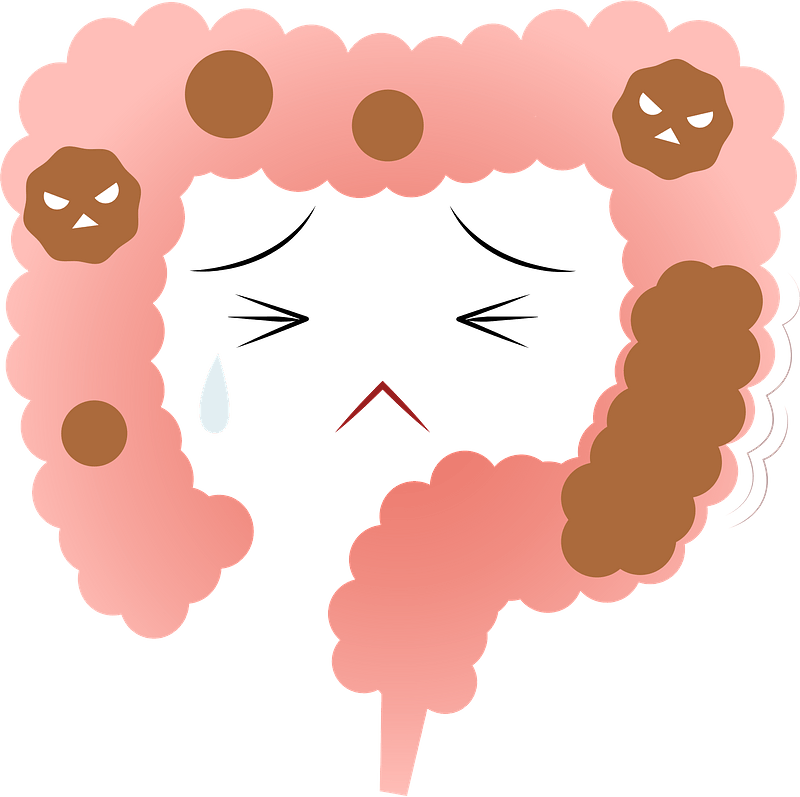Back
What else can I do to help fix my constipation?
By Shannon Strauch, PTA, STMT-1 on 6/5/2024

Pelvic floor therapy can be an effective treatment for constipation, particularly when the constipation is related to pelvic floor dysfunction. Here's how it can help:
Understanding Pelvic Floor Dysfunction and Constipation
The pelvic floor is a group of muscles that support the pelvic organs and control the bowel and bladder. When these muscles are not functioning correctly, it can lead to constipation. This may occur due to muscles being too tight, too weak, or not coordinating properly during bowel movements.
Role of the Intestines
The intestines, comprising the small and large intestines, are critical components of the digestive system. The large intestine, or colon, absorbs water and salts from the material that has not been digested as food, and is responsible for moving the remaining waste toward the rectum for elimination. Proper function of the intestines is essential for regular bowel movements. Disruptions in their motility, or the coordinated movements of their walls, can contribute to constipation.

How Pelvic Floor Therapy Helps
Assessment
: A pelvic floor therapist will conduct a thorough assessment to understand the underlying cause of the constipation. This may include a physical examination, review of medical history, and possibly biofeedback techniques to assess muscle activity.Muscle Relaxation
: If the pelvic floor muscles are too tight, the therapist can teach relaxation techniques and exercises to help release these muscles. This can include deep breathing, gentle stretches, and manual therapy to reduce muscle tension.Strengthening Exercises
: Weak pelvic floor muscles can also contribute to constipation. The therapist can guide patients through exercises to strengthen these muscles, such as Kegels, which involve contracting and relaxing the pelvic floor muscles.Biofeedback
: Biofeedback therapy uses special sensors, video, or digital feedback via a pelvic floor therapist to monitor the pelvic floor muscles as the patient attempts to relax or contract them. This real-time feedback helps patients learn how to control these muscles more effectively.Behavioral Strategies
: Therapists can provide education on proper bowel habits, including the importance of regular bathroom routines, correct posture during bowel movements, and dietary adjustments to support healthy digestion.Manual Therapy
: In some cases, therapists may use hands-on techniques to manually release tension in the pelvic floor muscles. This can improve muscle function and reduce constipation symptoms.Visceral Mobilization
: Visceral mobilization is a manual therapy technique that focuses on mobilizing the internal organs, including the intestines, to improve their function. By gently manipulating the organs, therapists can help relieve restrictions and improve the mobility and motility of the intestines. This can facilitate better movement of waste through the digestive tract, alleviating constipation.Education and Lifestyle Modifications
: Education on dietary changes, hydration, and physical activity can also play a significant role. A balanced diet rich in fiber, adequate water intake, and regular exercise can help improve bowel function.
Specific Exercises and Techniques
Pelvic Floor Muscle Training (PFMT)
: Includes exercises designed to strengthen and coordinate the pelvic floor muscles.Relaxation Techniques
: Techniques such as diaphragmatic breathing can help relax the pelvic floor muscles.Postural Adjustments
: Teaching proper posture for defecation, such as using a footstool to elevate the feet, can help align the rectum in a more optimal position for bowel movements.Electrical Stimulation
: In some cases, therapists may use electrical stimulation to help activate and coordinate the pelvic floor muscles.
Benefits of Visceral Mobilization
Improved Organ Mobility
: Helps restore the natural movement of the intestines, improving their function and aiding in the transit of waste.
Enhanced Blood Flow
: Increases circulation to the intestines, which can improve their overall health and function.
Reduced Adhesions
: Can help break down adhesions (scar tissue) that might be restricting the movement of the intestines, contributing to constipation.
Decreased Pain and Discomfort
: Can alleviate pain and discomfort associated with constipation and other digestive issues.
By addressing the underlying issues with the pelvic floor muscles and improving the function of the intestines through visceral mobilization, pelvic floor therapy can help improve bowel movements and relieve constipation. If you think pelvic floor dysfunction might be contributing to your constipation, reach out to us at Pelvic Health Center in Madison, NJ to set up an evaluation and treatment! Feel free to call us at 908-443-9880 or email us at receptionmadison@pelvichealthnj.com.
Read More:
How Chronic Pelvic Congestion in Men Contributes to Prostatitis By Shannon Strauch, PTA, STMT-1 on 12/11/2024 How lymphatic issues can cause symptoms of prostatitis Prostatitis and Tight Pelvic Floor Muscles: A Comprehensive Guide By Shannon Strauch, PTA, STMT-1 on 12/10/2024 How a tight pelvic floor can be the reason for prostatitis symptoms
Are you ready to live pain free?
Request An Appointment